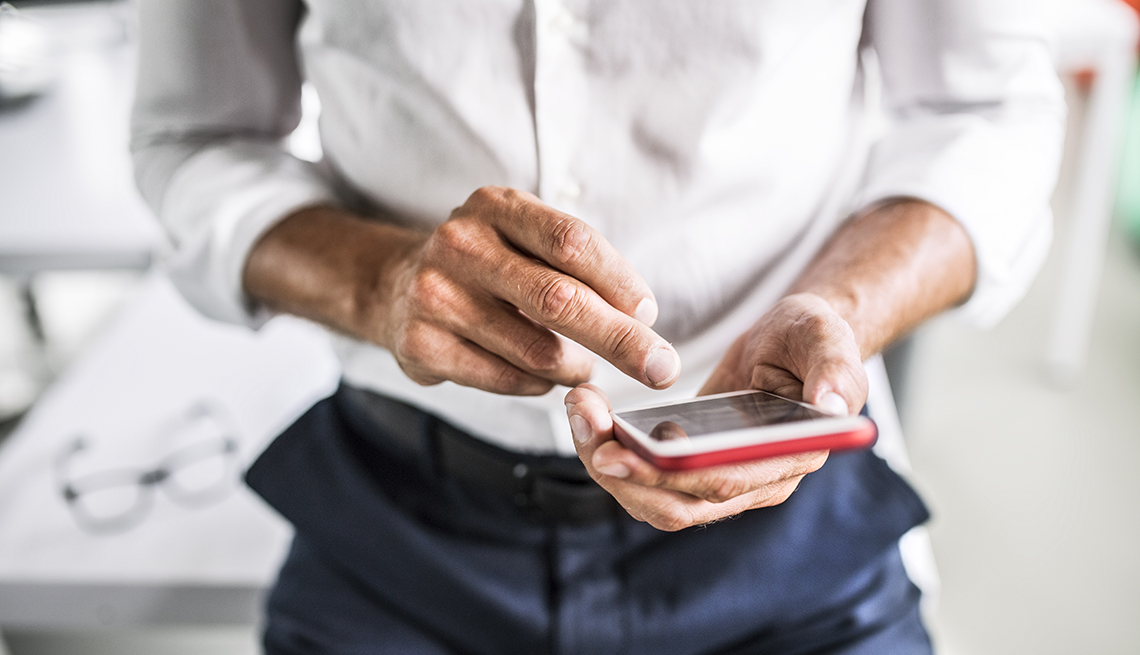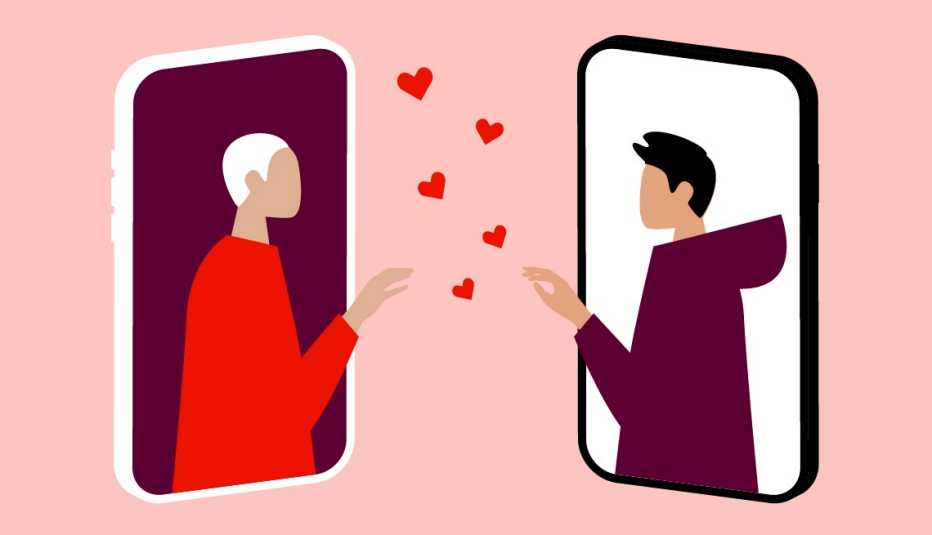AARP Hearing Center
Remember when dating was relatively simple? You’d meet a potential suitor by happenstance (or be introduced by a friend), then exchange numbers and talk on the phone. If the call went well, you’d make plans to go out. And if that meetup was successful, you’d plan another date.
Technology has changed much of that. While there are still some people who can brag about a meet-cute at a dog park, the rise in online dating has turned traditional courtship on its end. And the exploding number of dating sites and apps allow singles seeking companionship to connect with each other more quickly and easily than ever.
So it is no surprise that with so many strangers meeting strangers, the possibility of danger has increased exponentially.
Safety must be a top priority for anyone looking for a date in the digital space, stresses Carla VandeWeerd, a University of South Florida professor and lead author of a report that explored the online dating experiences of women 50 and older. It’s vital to “take all the steps you possibly can to be safe,” she says.
Yet, many are unsure of what preventive actions to take.
One in 4 adults said they don’t know enough when it comes to dating safety, according to a survey of 2,000 British singles conducted by dating app Plenty of Fish. Almost a quarter of those polled also said they were concerned for their safety while on a date in the previous 12 months.
To play it safe, be shrewd when sharing personal information, use the internet for reconnaissance, and always meet a potential mate first in a public setting. Read on for details and more advice from fraud experts, relationship counselors, dating sites and consumer protection agencies.
Put a premium on privacy “You really want to be guarded with your personal information,” says Amy Nofziger, director of fraud victim support at AARP. Don’t disclose your work or home address, your Social Security number, your credit card number or any details about your banking accounts, warns dating service Match. Experts also say to edit out any identifying information in photos, such as a home address or license plate number.



































































